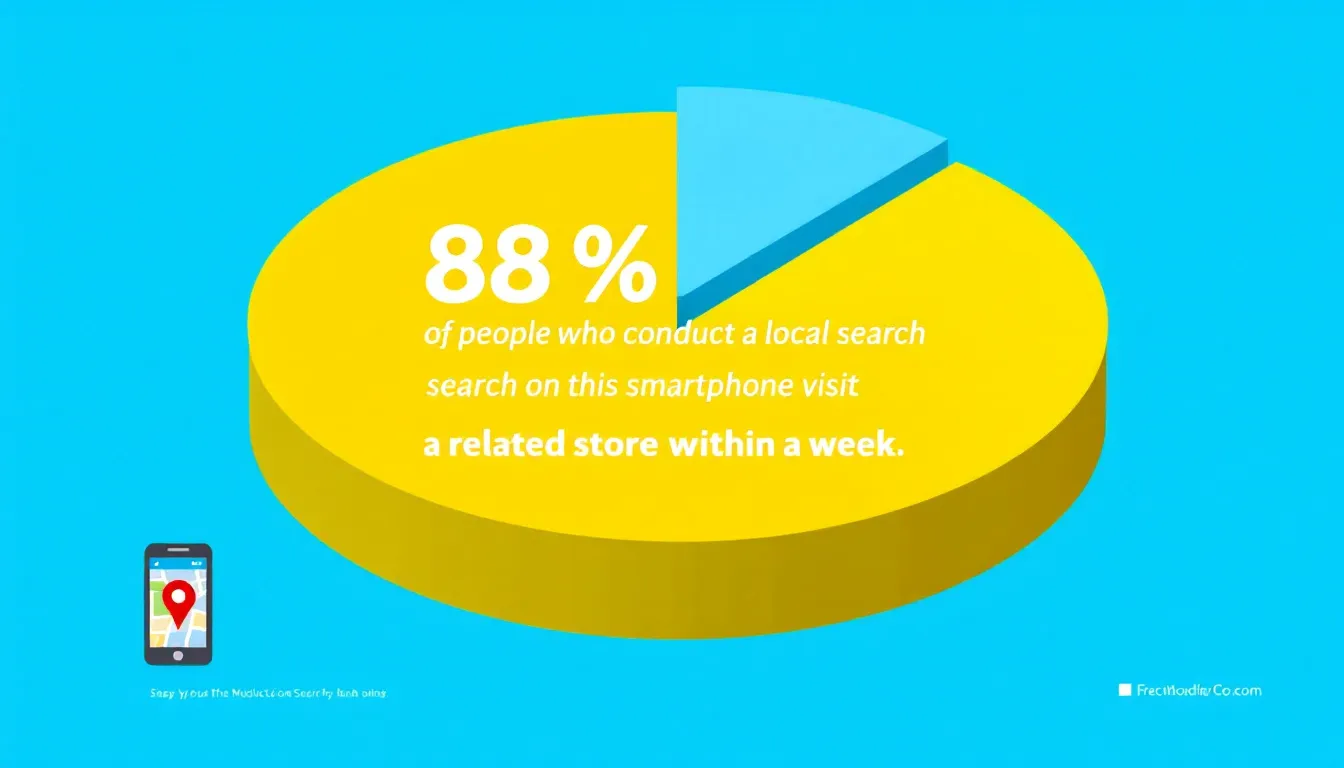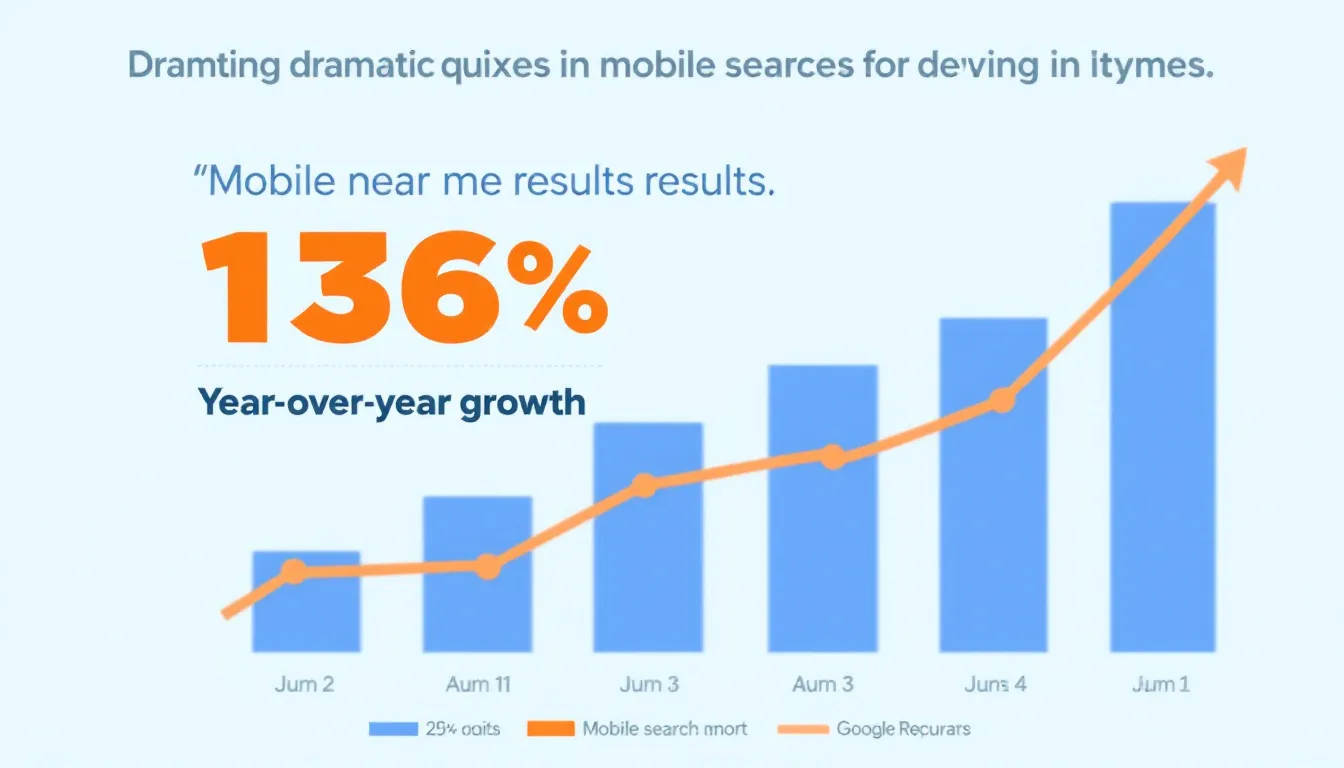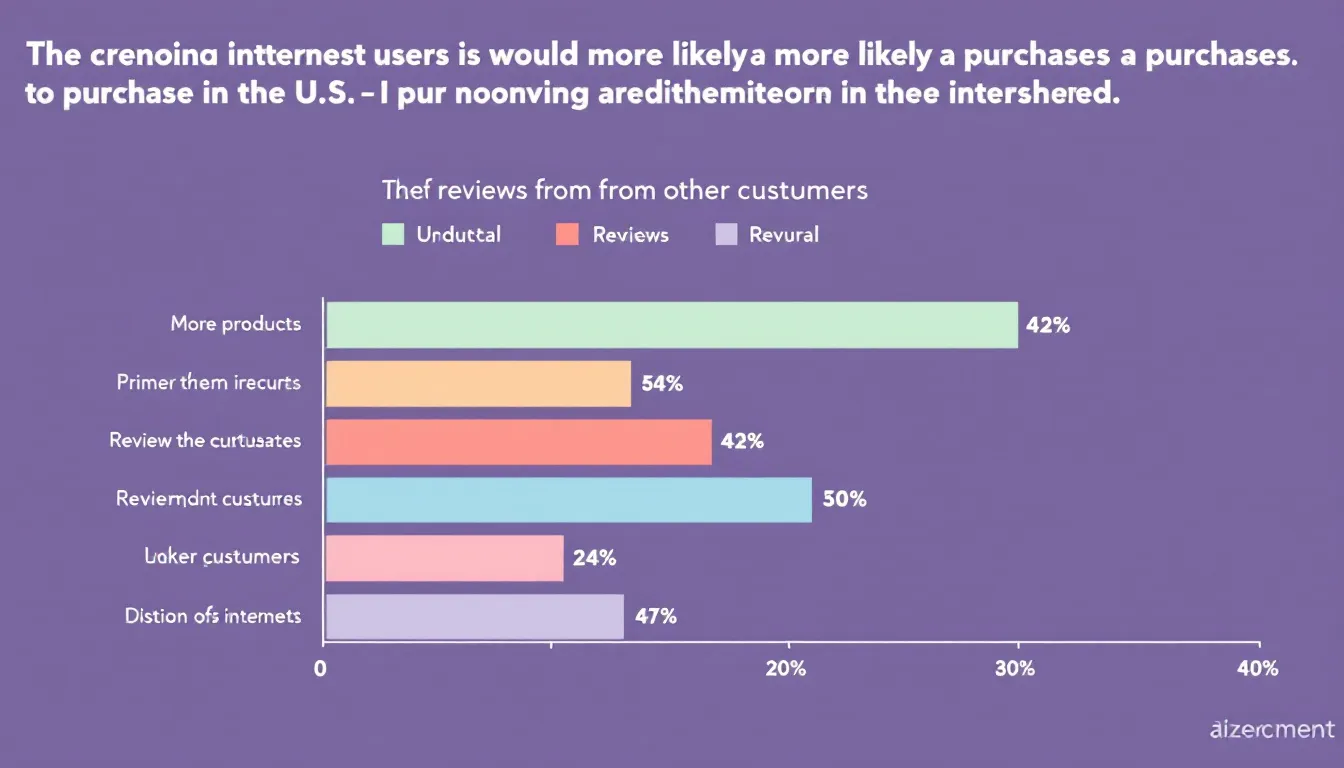
The Complete Guide To Local Search Engine Optimization

By Jon Tokarz on March 4, 2022
Optimize Your Google My Business Profile
Organic traffic, leads, and benefits received from brand awareness are free and they are always working for your business 247/365, like an extension of your local business’s sales team.

Dominating in the area of local search can transform a business, but with the plethora of information available online today, you might be thinking, where do I start?
Instead of advanced technical SEO or link building, your local Search Engine Optimization strategy should focus on the fundamentals.
In this article, we walk you through local search engine optimization best practices and break down the jargon to make the information as accessible as possible.
Local SEO is important for enhancing business visibility in local search results, which drives customer footfall and sales. Local SEO involves a range of techniques, including local keyword research, optimizing your Google Business Profile, building high-quality local citations, and creating content that is relevant to local searchers. A robust local SEO strategy also includes monitoring local keyword rankings and encouraging customer reviews to improve local search performance.
This means more customers walking through your door and more sales. Enhancing local search visibility is a critical aspect of local SEO strategies, requiring ongoing efforts and best practices to maintain a prominent position in local search results.
Let’s discuss the fundamentals of every Local Search Engine Optimization strategy.
Introduction to Local SEO
Local SEO is a crucial aspect of digital marketing that helps businesses increase their online visibility and attract more customers from their local area. By optimizing their website and online presence for local search results, businesses can improve their chances of appearing in the local pack and driving more foot traffic to their physical location. Local SEO involves a range of techniques, including local keyword research, optimizing your Google Business Profile, building high-quality local citations, and creating content that is relevant to local searchers.
When you optimize your business profile and website for local search, you make it easier for potential customers in your local area to find you. This means more customers walking through your door and more sales. Local SEO is not just about appearing in search results; it’s about making sure your business stands out in your community.
Importance of Local Search
Local search is essential for businesses that want to attract customers from their local area. According to Google, 76% of people who search for something nearby on their smartphone visit a related business within a day, and 28% of those searches result in a purchase. This highlights the power of local search results in driving immediate customer action.
Local search results are also more likely to convert into sales, as they are more targeted and relevant to the user’s search query. By optimizing for local search, businesses can increase their online visibility, drive more foot traffic, and ultimately boost their sales and revenue. In a competitive market, appearing in local search results can be the difference between gaining a new customer or losing them to a competitor.
Optimize Your Google My Business Profile
In order for your local business to appear in Google Maps when people are searching Google for your product or service, you must have a local listing.
You must have a Google My Business profile. A well-completed local business profile directly influences Google’s local search algorithm, enhancing visibility in local search results and building trust with potential customers by providing accurate and comprehensive information about your business.

Info
After logging in to your Google My Business profile head over to “Info” and edit the following information:
- Business Name
- Address
- Phone Number
- Categories
- Service Area
- Hours of operation
- Website
- Products
- Services
- Attributes
- Business description
- Opening date
Ensure that your business details are accurate and consistent across all platforms. This is particularly important for local business directories, as discrepancies can negatively impact your local search rankings.
When filling out the above information, be sure to be as descriptive as possible, and work to implement your keywords as much as possible (especially the business description).
Google Website
Google gives you the ability to create a free website for your business. Although this does not replace the need for your website, it does provide an opportunity for you to enhance your local visibility by taking advantage of local SEO signals including:
- Business NAP (name, address, phone number)
- Keywords
- LSI keywords
- Images
- Backlinks
Images
There are opportunities for SEO optimizations everywhere within your Google My Business profile, even in the images.
You can include your keywords in image properties such as filenames, descriptions, and ensure they reflect local relevance.
Another neat SEO trick is to embed the GEO location (longitude and latitude) in your images.
Some would argue that this is overkill or unnecessary, but it doesn’t hurt to take advantage of every little opportunity Google gives us. Understanding local ranking factors is also crucial for improving visibility in local search results.
Reviews
When it comes to local SEO, reviews are important. Not only do customers want to see positive reviews, but they are also fundamental to your business’s online reputation management and improving local rankings.

Google My Business gives business owners the option to see recent reviews on their listings and check the status of reviews they reported to Google.
You can also report reviews that break Google’s guidelines. Additionally, obtaining more reviews can significantly enhance your visibility and trust on platforms like Google Business Profile.
Keeping your eye on your reviews is a great start to online reputation management.
On-site Optimization
You can optimize your homepage, product pages, or service pages for “keyword + city” keywords, and “keyword + near me” searches with some basic on-page optimization to improve your local results.
Include your city name in important on-page factors such as:
- title tag
- URL
- H1-H6 tags
- content
- image filenames
- alt tags
To take your on-site optimization a step further, add internal links from your supporting pages or blog posts to the pages you are trying to rank. This can help improve your visibility in local organic results.
Take advantage of your internal link’s anchor text by using exact match, or LSI keywords.
Adding internal links with optimized anchor text will not only increase the authority of the page you are linking to, while also increasing that page’s relevance to the anchor text being used.
Local SEO Tools
There are a range of local SEO tools available that can help businesses optimize their online presence and improve their local search rankings. Key tools include Google Business Profile, Google Search Console, and Google Keyword Planner. These tools are essential for managing your business profile, tracking your search performance, and finding the right local keywords to target.
In addition to Google’s tools, third-party tools such as Ahrefs, SEMrush, and Moz can provide deeper insights and advanced features. These tools can help businesses build high-quality local citations, analyze competitors, and track their local search rankings. By using these tools, businesses can streamline their local SEO efforts and improve their online visibility, ensuring they attract more local customers and stay ahead of the competition.
Link Building For Local SEO
When it comes to building authority for a local business, a simple yet effective strategy is to reserve-engineer what is already working.
Search google for your most important keyword(s) and take note of the top 1-3 competitors.
Use a SEO tool such as Ahrefs or SEMRush to identify the backlinks of your top competitors.

When analyzing your competitors backlinks you are looking to identify the following backlinks to steal:
- Local Directories (Citations)
- Niche Directories
- Social Media Profiles
- Business Directories
- Guest Posts
Local sites often receive backlinks primarily to their homepage, making it crucial for local businesses to optimize their homepage title tags around multiple relevant keywords to improve their search rankings.
If your website is new, or has a low domain authority, distributing a press release will provide a foundation of natural, yet high authority backlinks.
At this point, if your website has a solid foundation of natural links, implementing a white-hat guest posting strategy will take your website to the next level.
When it comes to local SEO, understanding how local SEO work is crucial. The fundamentals are most important.
Make sure to drill down on the basics rather than focusing too much on advanced link building, or technical SEO strategies at first.
Take full advantage of your Google My Business Profile, optimize your website for local keywords or “near me” searches, and reverse engineer a winning backlink profile. Additionally, ensure your local business listings are accurate and optimized to appear in the map pack on the Google SERP.
With this information all you have to ask yourself is, which of these areas does my website fall short in? If you can answer that question, you know exactly where to start.
Developing and implementing a comprehensive Local Search Engine Optimization plan can feel daunting when doing it on your own. NAV43 is a marketing agency that specializes in developing and implementing local search SEO strategies among other services. Reach out today to find out how we can help your business grow.
